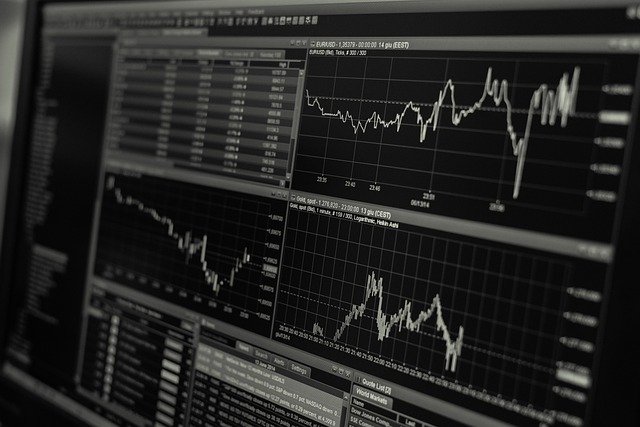Liquidity Detection: Methods, Instruments, and Data Interpretation
Liquidity detection identifies whether a material behaves as a liquid under specific conditions and measures properties like flow, viscosity, and phase transitions. In laboratory and industrial settings this process combines observational techniques, controlled sample handling, and instrumented measurement. Understanding the core methods and how devices such as sensors, pipettes, and computer analysis interact helps clarify when a material should be treated as liquid for processing, storage, or safety protocols.

scientific — What is liquidity detection?
In scientific contexts liquidity detection refers to systematic tests that determine whether a substance flows under gravity or applied stress and how its rheological properties change with temperature, shear, or composition. Researchers use controlled experiments to distinguish solids, gels, and liquids based on measurable responses. Scientific protocols often quantify viscosity, yield stress, and phase boundaries so that experimental results can be reproduced and compared across instruments and laboratories.
pipette — How are liquids handled and sampled?
Accurate sampling is essential for reliable liquidity detection. A calibrated pipette is a common tool for transferring small liquid volumes with precision, especially in chemical and biological labs. Proper use minimizes shear or aeration that might alter apparent liquidity for sensitive samples. When preparing a sample, technicians standardize temperature, container geometry, and sample age. Documentation of pipette type, tip size, and dispense technique helps ensure that subsequent measurements reflect the intrinsic properties of the material rather than handling artifacts.
sample — How is a sample prepared and characterized?
Sample preparation addresses homogeneity, contamination, and representative subsampling. For complex mixtures or suspensions, homogenization and controlled dilution are steps before measurement. Characterization typically includes measuring density, particle content, and temperature because these influence liquidity. Visual inspection, simple tilt tests, and preliminary sensor readings guide selection of more advanced measurements. Proper labeling and chain-of-custody practices are important when samples are used for regulatory or quality-control purposes.
sensor — Which sensors detect liquidity changes?
A range of sensors is used to detect liquidity, depending on the property of interest. Pressure and torque sensors in rheometers measure resistance to shear and give quantitative viscosity data. Optical sensors and cameras can detect surface behavior, droplet formation, and wetting. Conductivity and dielectric sensors indicate phase changes in polar materials. Level sensors and vibration-based detectors provide practical indicators of flow in industrial pipelines. Sensor choice depends on sensitivity needed, sample type, and whether inline or laboratory measurements are required.
computer — How does computer analysis support detection?
Computer systems collect, process, and visualize data from detectors and instruments to convert raw signals into interpretable metrics. Software applies filtering, curve fitting, and model fitting to rheological data to estimate viscosity, shear-thinning behavior, or yield points. Statistical tools help identify outliers and quantify measurement uncertainty. Machine learning is increasingly used to classify states of matter from multi-sensor datasets, though model predictions must be validated against independent experimental results. Computers also control test protocols, automate repetitive assays, and log metadata for traceability.
practical applications and operational considerations
Liquidity detection plays a role in pharmaceuticals, food production, petrochemicals, and environmental monitoring. In manufacturing, knowing whether a material flows allows correct pump selection and storage design. In laboratories, accurate detection prevents cross-contamination and ensures reproducible assays. Field teams working with local services for environmental sampling should verify that portable sensors are compatible with the expected sample matrix. Safety considerations include containment for volatile liquids and protocols for dealing with materials that exhibit both solid-like and liquid-like behaviors under different conditions.
Conclusion
Liquidity detection combines disciplined sample handling, the right choice of sensors, and robust data interpretation to determine how a material behaves under given conditions. Tools such as pipettes and rheometers, sensors that measure mechanical or optical responses, and computer analysis form an integrated workflow that supports consistent results. Whether the application is research, quality control, or industrial processing, following standardized scientific procedures and documenting methods ensures that liquidity assessments are reliable and actionable.






